The most powerful photography exhibition I’ve ever seen goes beyond sight
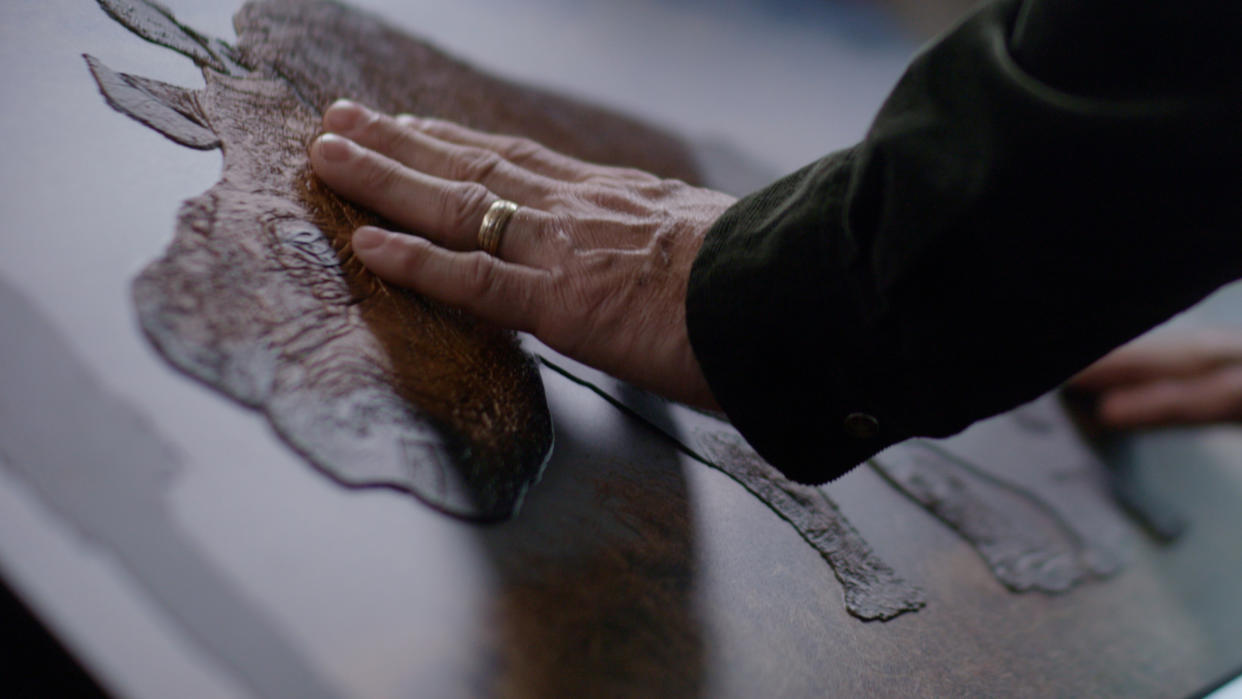
I have been fortunate enough to experience many photography exhibitions over the past few years but few have moved me as much as Canon World Unseen.
Last week, I had the opportunity to attend Canon's latest exhibition titled World Unseen, an exhibition designed as an immersive experience for the visually impaired audience. I have always been passionate about inclusivity and accessibility in the arts, and I recognize how fortunate I am to be able to enjoy photography with little by way of obstacles. I also realize that this privilege can sometimes make me oblivious to the challenges faced by others who do not have the same access.
Canon World Unseen was a jolt of realization for me, as, ashamed as I am to admit, I had never considered how visually impaired people partake in the medium of photography, and their experiences in doing so. No doubt many within the visually impaired community may not have explored photography because it is an art revolving around sight.
Fortunately, Canon is making the medium more accessible to the visually impaired while educating the unaware about the realities of living with a visual impairment.
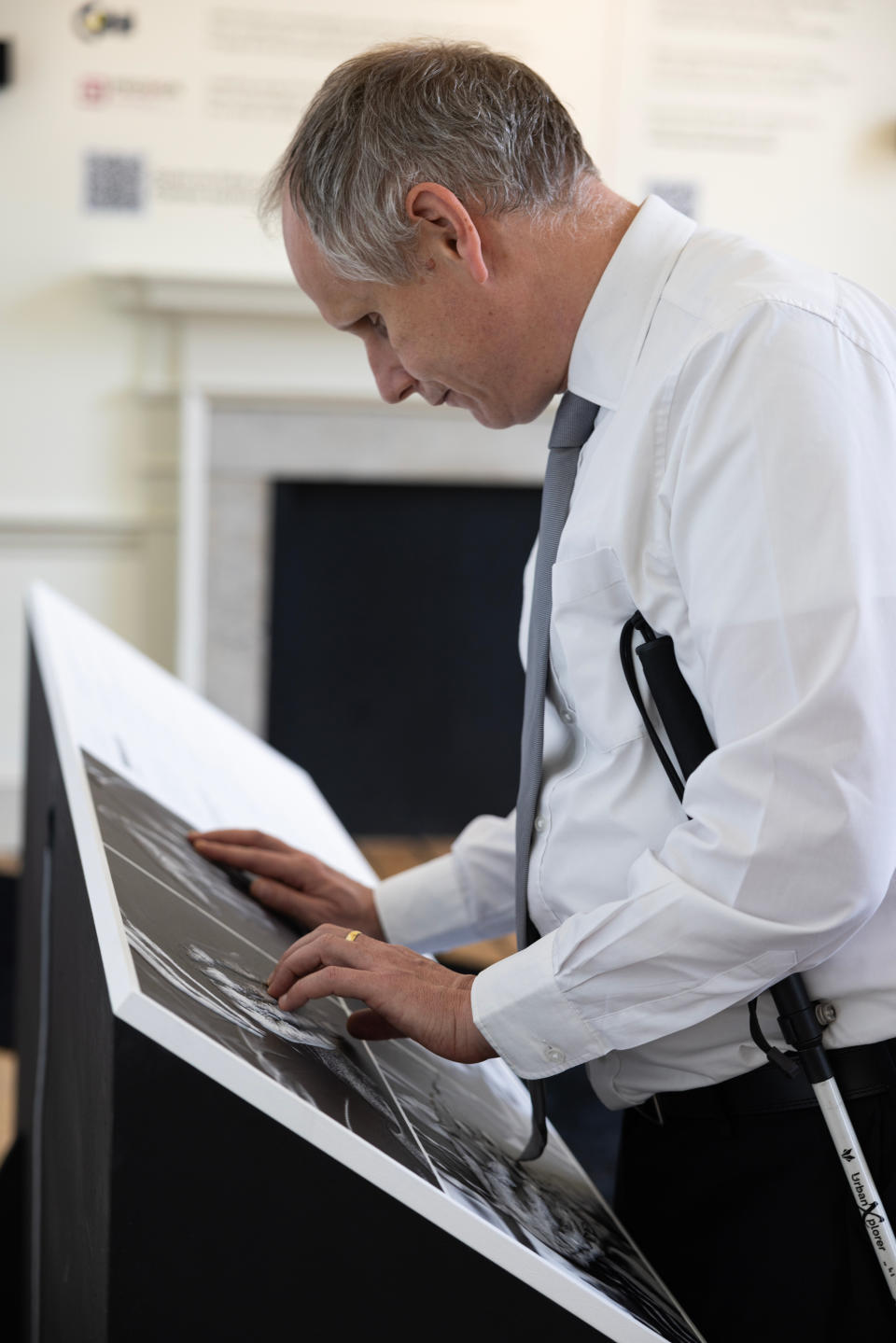
Canon organized the exhibition to provide an immersive, and accessible experience of photography to visitors, including those who are blind, partially sighted, and sighted. To develop the exhibition, Canon collaborated closely with the Royal National Institute of Blind People (RNIB), seeking feedback from the visually impaired community on the artwork, physical prints, and even the accessibility of the venue.
The exhibition displayed photographs selected from Canon ambassadors and included works by multi-award-winning South African photojournalist Brent Stirton, renowned Brazilian Photojournalist Sebastião Salgado, Nigerian photojournalist Yagazie Emezi, and Pulitzer-winning photojournalist Muhammed Muheisen, among many others.
The exhibition was developed to provide an experience on two levels, for the visually impaired and for sighted people to experience the effects of different visual impairments.
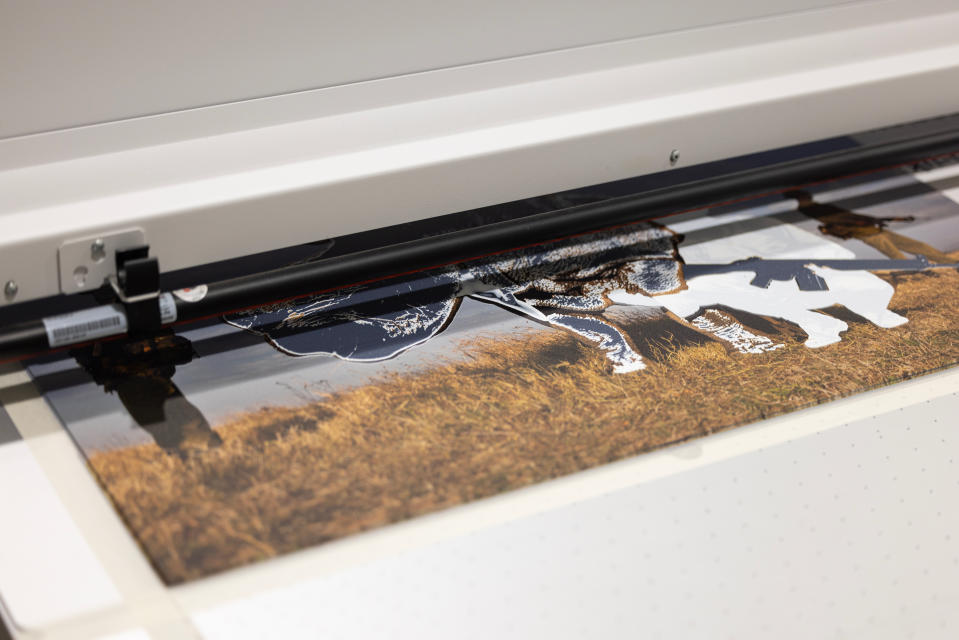
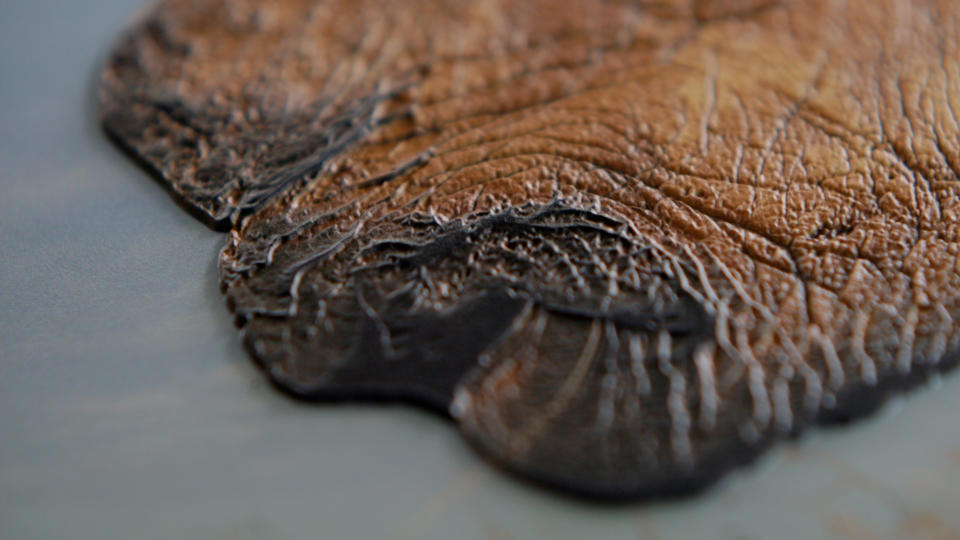
Through the use of a specialist Canon Arizona printer, Canon has created photographic prints that can be felt through touch and presented on an immersive board alongside a braille description. By raising certain details of the image via layering ink, the image can be felt. Imagine braille but for images. The printing process can highlight and raise selected details, creating a texture that follows the form of the subject, and this can even mean reproducing the subject's texture in 3D. The best demonstration of this at work was Brent Stirton's photograph of a white rhino titled Rhino Wars, where the rhino's skin felt rough as though it was replicating the real-life experience of stroking a rhino.
While experiencing the raised photograph a detailed audio description played overhead, revealing more information about the image and how it was captured. What gave the audio experience even more weight was that the narration was provided by the photographer who took the photograph, describing with great detail the approach and environment in which it was created, breathing further life into the experience.
The experience for sighted people provided a glimpse into the experience of daily life for the visually impaired. Globally, at least 2.2 billion people have some form of visual impairment, a staggering percentage of the population. Above the raised braille boards hung large-scale printed images much like any typical photography exhibition, but the view had been obscured with a large acrylic sheet depicting replications of different visual impairments such as glaucoma and diabetic retinopathy. Much of the images were hazed or hidden by the effects, making them extremely difficult to view.
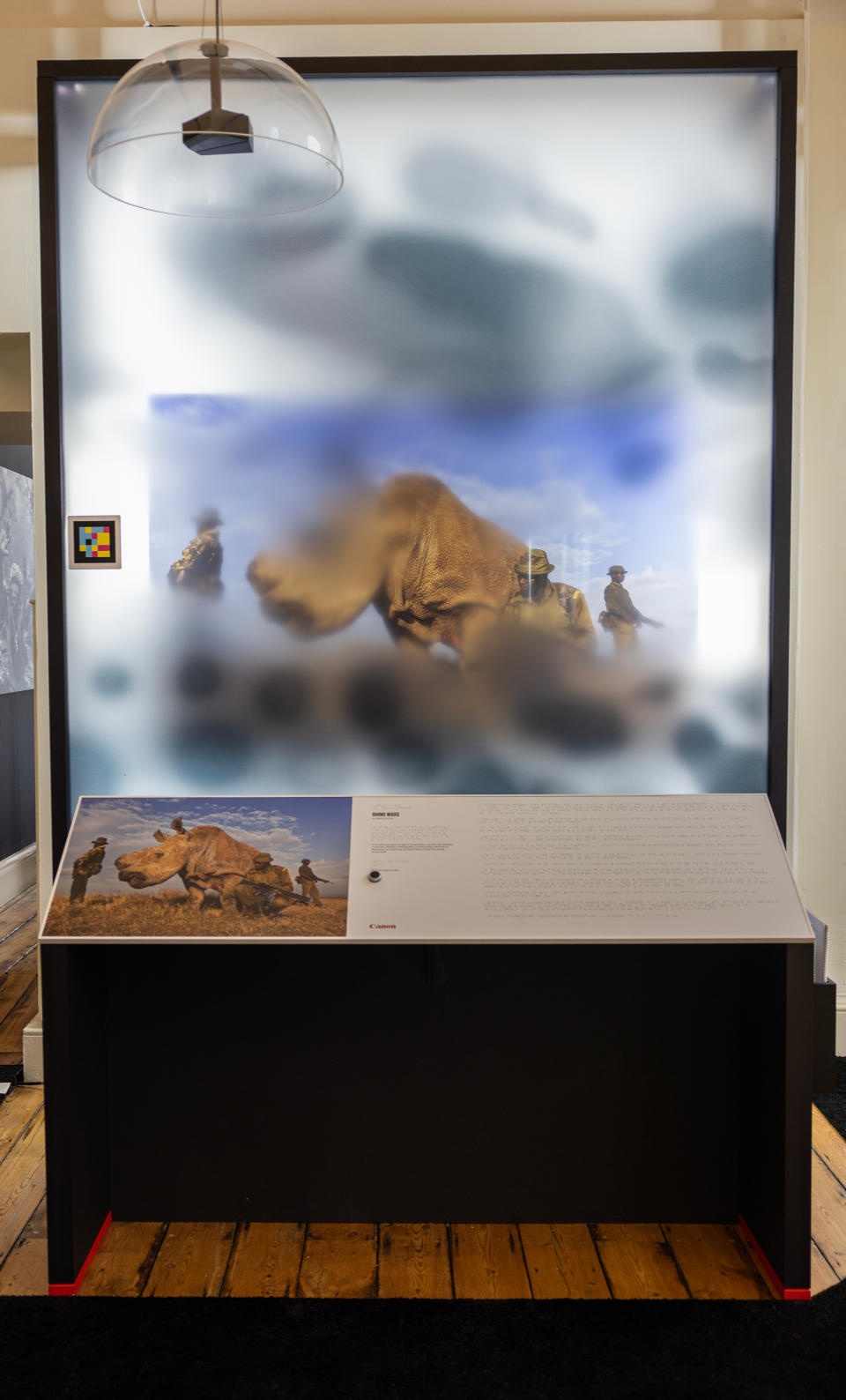
Canon's printing can enable blind and visually impaired people to experience photography perhaps for the first time, an extremely powerful gift. This was made undeniably clear to me through the image Baby Scan by Bill Smith a world-renowned ultrasound practitioner. The expecting visually impaired mother was able to feel the contours of her unborn baby's face by printing her sonogram, providing a moment that will never be forgotten.
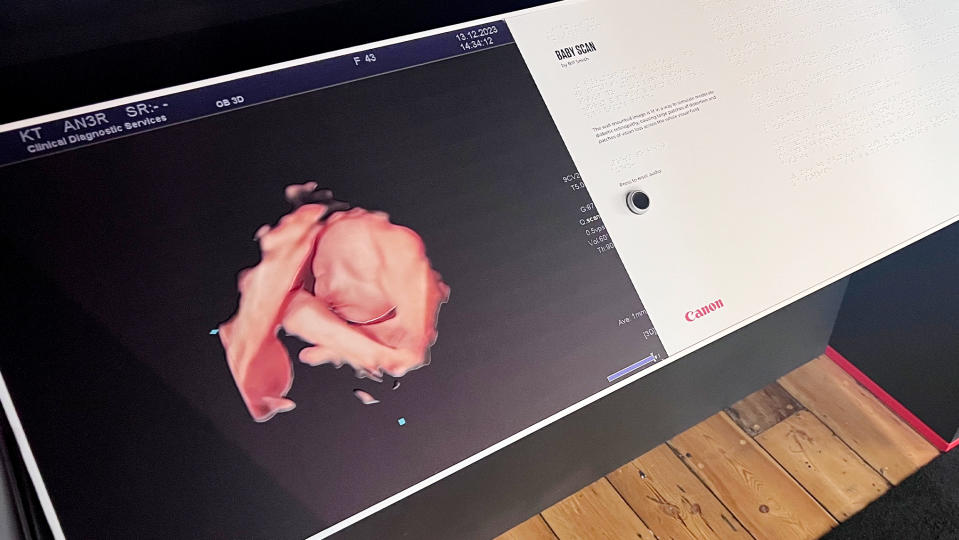
A major point of this exhibition is to raise awareness of the possibilities of Canon's printing techniques and how they can be used to further inclusivity and accessibility in the arts. Once businesses, or even artists and photographers, are aware of how they can bring imagery to life for the visually impaired, hopefully, they will consider using it.
We are already seeing breakthroughs in this regard with Taschen collaborating with Salgado on turning his book Amazônia into a book for the blind (Amazônia Touch). Although different technology, it shows that the discussion of inclusivity in the arts is being had, and forward steps are being taken.
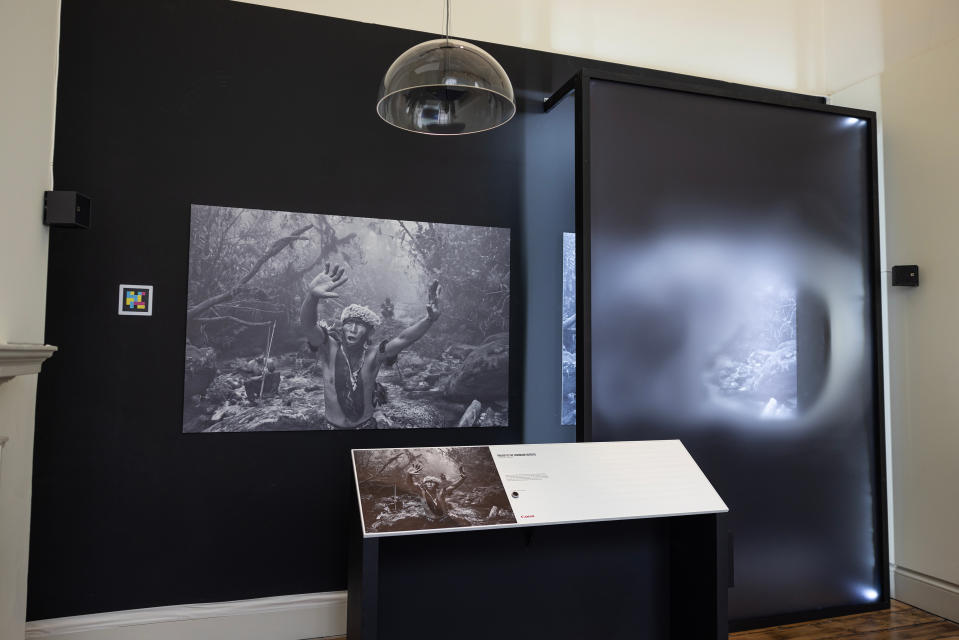
The exhibition held in London was a roaring success, selling out tickets before opening day (entry was free). But as the goal of this exhibition is to get in front of as many people as possible, Canon's World Unseen will be travelling across Europe, Africa, and the Americas. Be sure to monitor Canon's social pages for more information on dates and locations.
For those unable to make it in person, Canon has developed the World Unseen online exhibition showcasing the altered photographs relating to a visual impairment via a sliding filter, with detailed audio descriptions of each image.
I feel that this is an important campaign and one that deserves to spread around to reach as many people as possible. I hope that it will open up the world of photography to more people so that the photographic community can grow even further.

